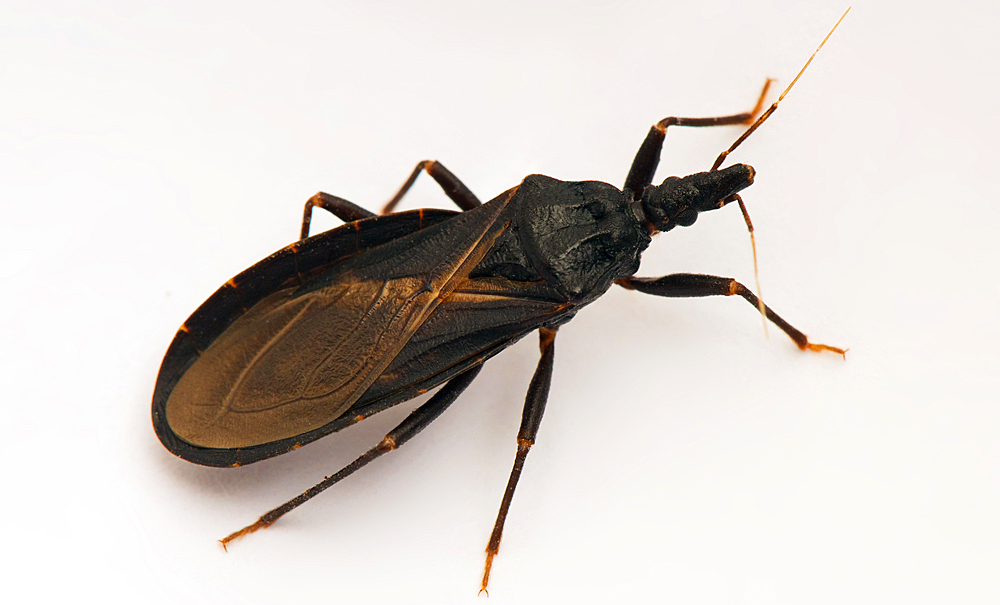This Isn’t a Regular Insect. If You See One Do Not Go Near It. The Reason is Scary
Kissing bugs sound like nice, innocent insects, but they are the exact opposite of that description. The little pests are actually blood sucking parasites who feed on animals and people. They earned the “kissing” name because they tend to operate by biting their sleeping victims around the eye and mouth areas.
In some cases the nasty bugs are even deadly because they are responsible for spreading Chagas disease to both humans and animals. Chagas was once a rare parasitic infection but not anymore. A growing number of people in South America and the US are contracting it. The Centers for Disease Control and Prevention (CDC) estimates that approximately 8 million people in Mexico, Central, and South America have Chagas, while in the US over 300,000 people are currently infected. Many of those who have it are unaware they’ve been infected and it can be life threatening if left untreated. Furthermore, Kissing bugs also transmit Chagas to pets and animals. Dogs are among the most susceptible to the disease and in the state of Texas, where kissing bugs are increasingly common, about 400 of them have died as a result of Chagas already.
The kissing bugs responsible for all of this death and disease are called by their scientific name “Triatomine Bugs.” They bite their unsuspecting victims around the eyes and mouth and when their feces comes into contact with either the bite area, or a mucous membrane like an eye, they pass the parasite known as Trypanosoma Cruzi to the host. The parasite is spread in this gross manner because it lives in the bug’s feces and that happens to be the main way in which it enters a person or animal’s body. As if that wasn’t already nasty enough, dogs can contract Chagas in other ways, such as by eating the bugs or infected animal feces.
Once a person or animal has been infected they usually remain unaware that they have the disease until it’s progressed to a later, and more serious, stage. Furthermore, in some cases it may be asymptomatic, meaning there are no symptoms whatsoever until one appears suddenly out of nowhere. This later point is why it’s being called the “silent killer” and people are being urged to familiarize themselves the signs and symptoms of Chagas disease, which include the following; confusion, weakness, diarrhea, loss of appetite, depression, lethargy, swollen abdomen, a lack of coordination, seizures or jerky movements, and increased heart rate.
There are currently tests available that can detect Chagas if you ever want to get tested. If you suspect you may have it then definitely get tested right away because when the disease is found early enough it can usually be successfully treated and the harmful side-effects lessened. Please pass this information on so that others are aware of the dangers that kissing bugs pose, and monitor pets health for any signs of chagas disease.
Please SHARE This Information With Family and Friends





